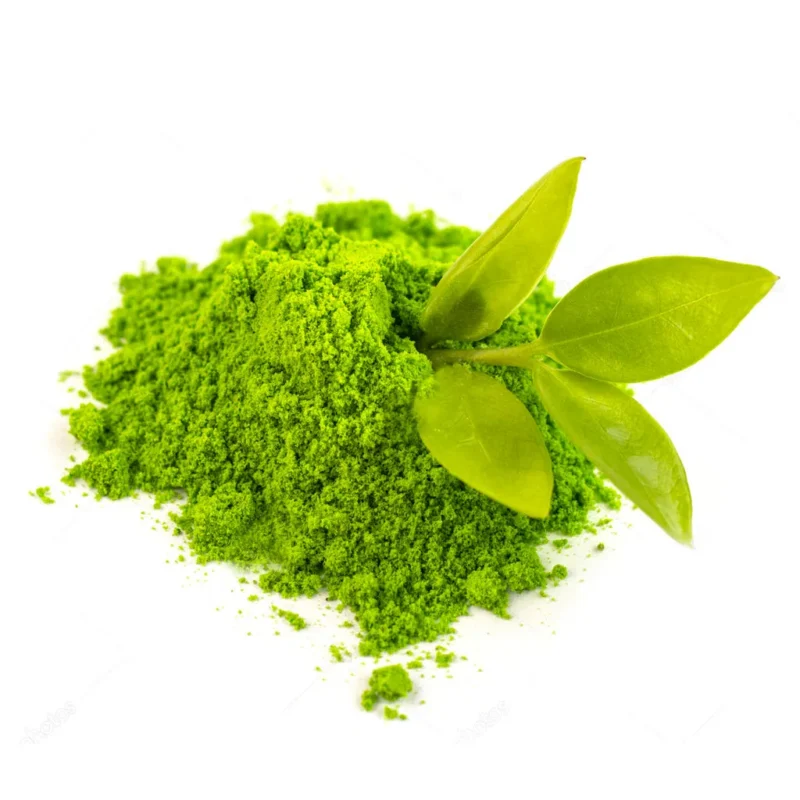No products in the cart.
Blog
What Does Matcha Taste Like?
Matcha has a distinctive flavor that is often described as rich, earthy, and slightly bitter, with sweet and umami undertones. Its taste can vary depending on the quality of the matcha and how it’s prepared, but here’s a breakdown of its key flavor notes:

1. Earthy and Grassy
One of the most prominent flavors of matcha is its earthy, vegetal taste, which comes from the finely ground green tea leaves. This grassy note is often compared to fresh spinach or kale, giving matcha its vibrant, green flavor profile.
2. Umami
High-quality matcha has a pronounced umami taste, which is savory and full-bodied. Umami is one of the five basic tastes, often associated with richness, and it helps balance the bitter and grassy notes in matcha. This umami flavor is what many tea connoisseurs appreciate about matcha, as it adds depth and complexity.
3. Slight Bitterness
Matcha also has a natural bitterness, which is more noticeable in lower-quality matcha or when prepared with water that’s too hot. However, this bitterness is often balanced by its sweetness and umami characteristics. The bitterness is not overpowering but rather adds to the complexity of the tea.
4. Sweetness
Despite its earthy and bitter notes, matcha has a subtle sweetness, especially in premium grades. This sweetness comes from the natural amino acids in the tea leaves, particularly L-theanine, which also contributes to its smooth texture.
5. Creamy Texture
While not strictly a flavor, the texture of matcha can influence the taste experience. When properly whisked with hot water, matcha forms a frothy, creamy consistency that coats the palate, making the flavor feel smoother and more luxurious.
6. Astringency
Matcha has a mild astringent quality, which leaves a dry, clean finish in the mouth. This astringency is not as pronounced as in some other teas, but it can be noticeable, especially if the matcha is of lower quality or over-steeped.
Variations in Taste Based on Quality:
- Ceremonial-Grade Matcha: This is the highest quality, intended for traditional tea ceremonies. It has a sweeter, less bitter taste, with a strong umami flavor and a smooth, creamy texture.
- Culinary-Grade Matcha: Used for cooking and baking, this grade is more bitter and astringent, with a stronger earthy taste. It’s often mixed with other ingredients like sugar or milk to balance the bitterness.
How Preparation Affects Taste:
- Water Temperature: Using water that’s too hot (above 175°F or 80°C) can make matcha taste overly bitter. The ideal temperature is around 160-175°F (70-80°C), which brings out the sweetness and umami flavors.
- Sweeteners and Milk: When matcha is prepared as a latte, with milk and sweeteners like honey or sugar, the flavor profile changes. The bitterness and grassy notes are mellowed, and the tea takes on a creamier, more dessert-like taste.
Conclusion
Matcha’s taste is complex, combining grassy, earthy, umami, and slightly bitter notes with a touch of sweetness. It’s a flavor that can be an acquired taste for some, but once appreciated, it offers a unique and refreshing experience. The flavor can also be altered by preparation methods, allowing you to customize the taste to your liking.
